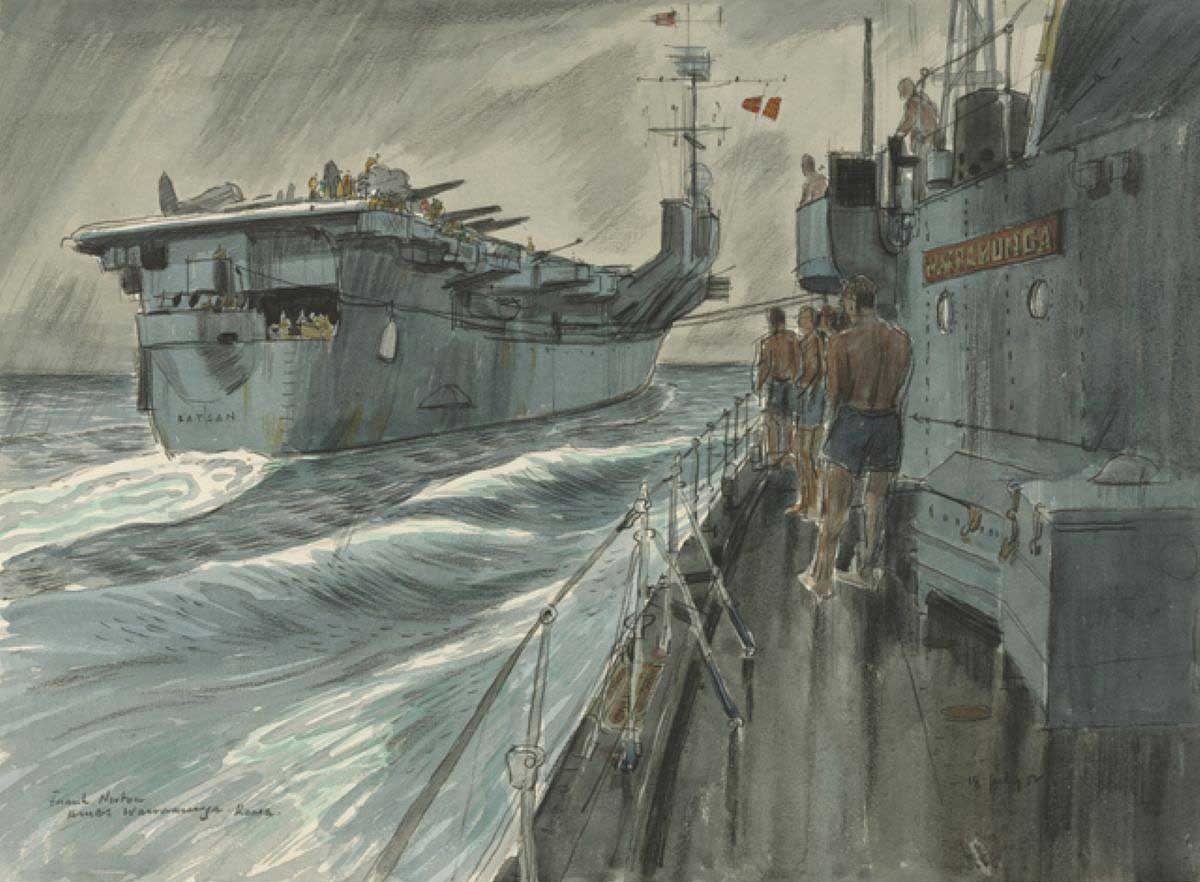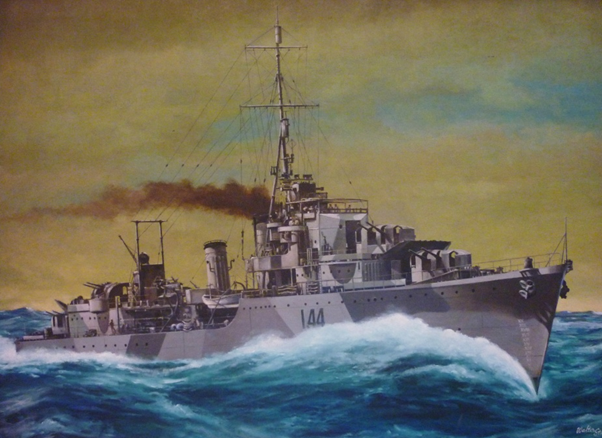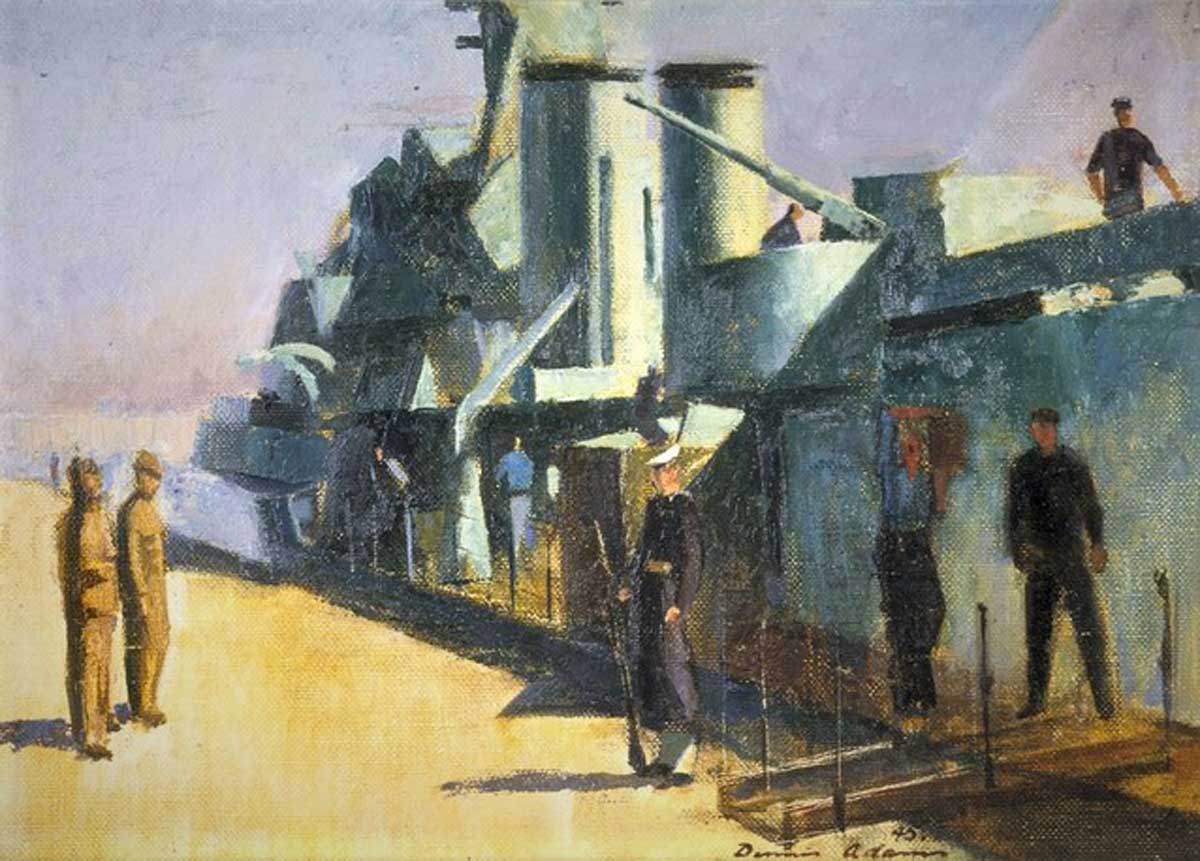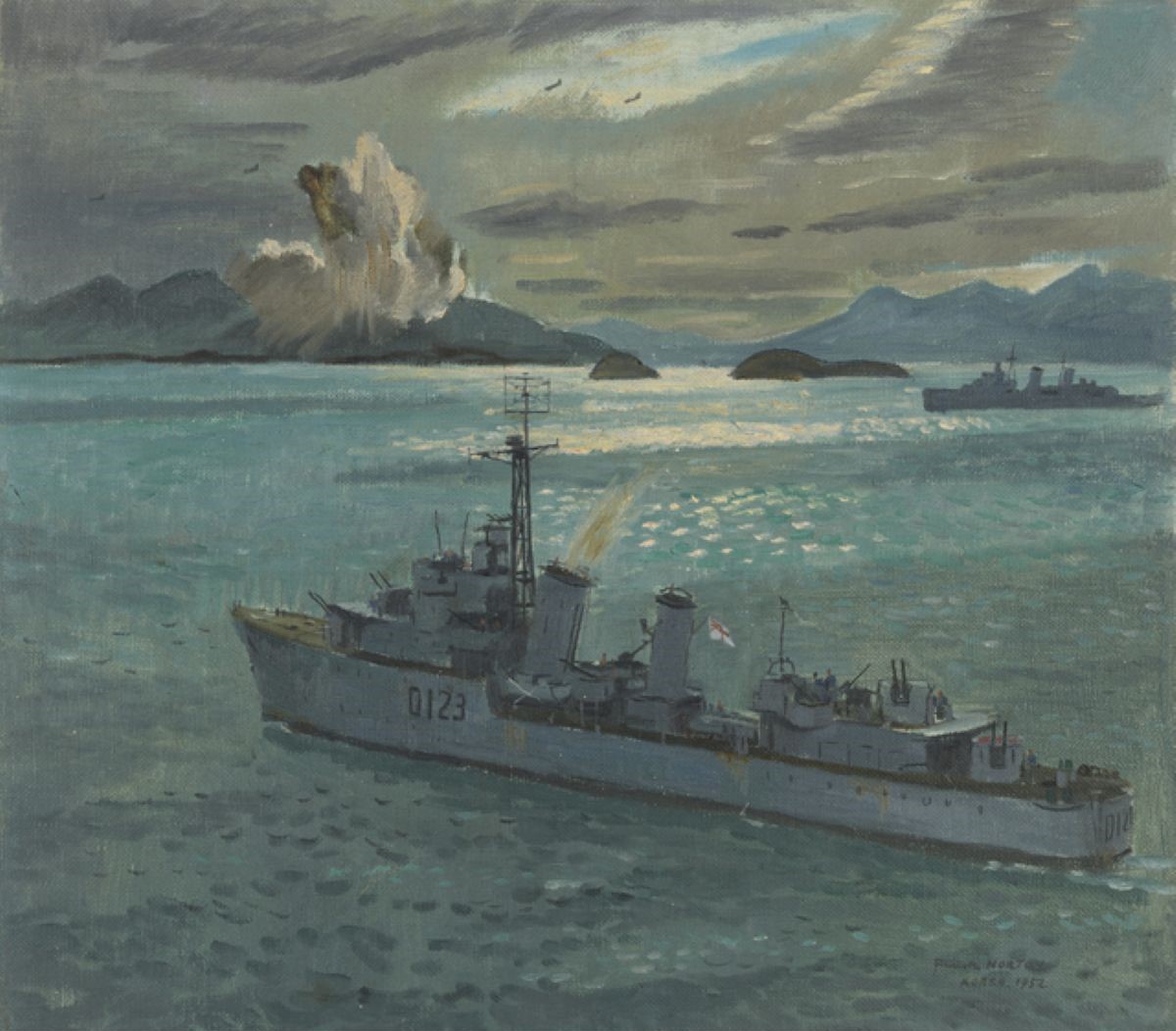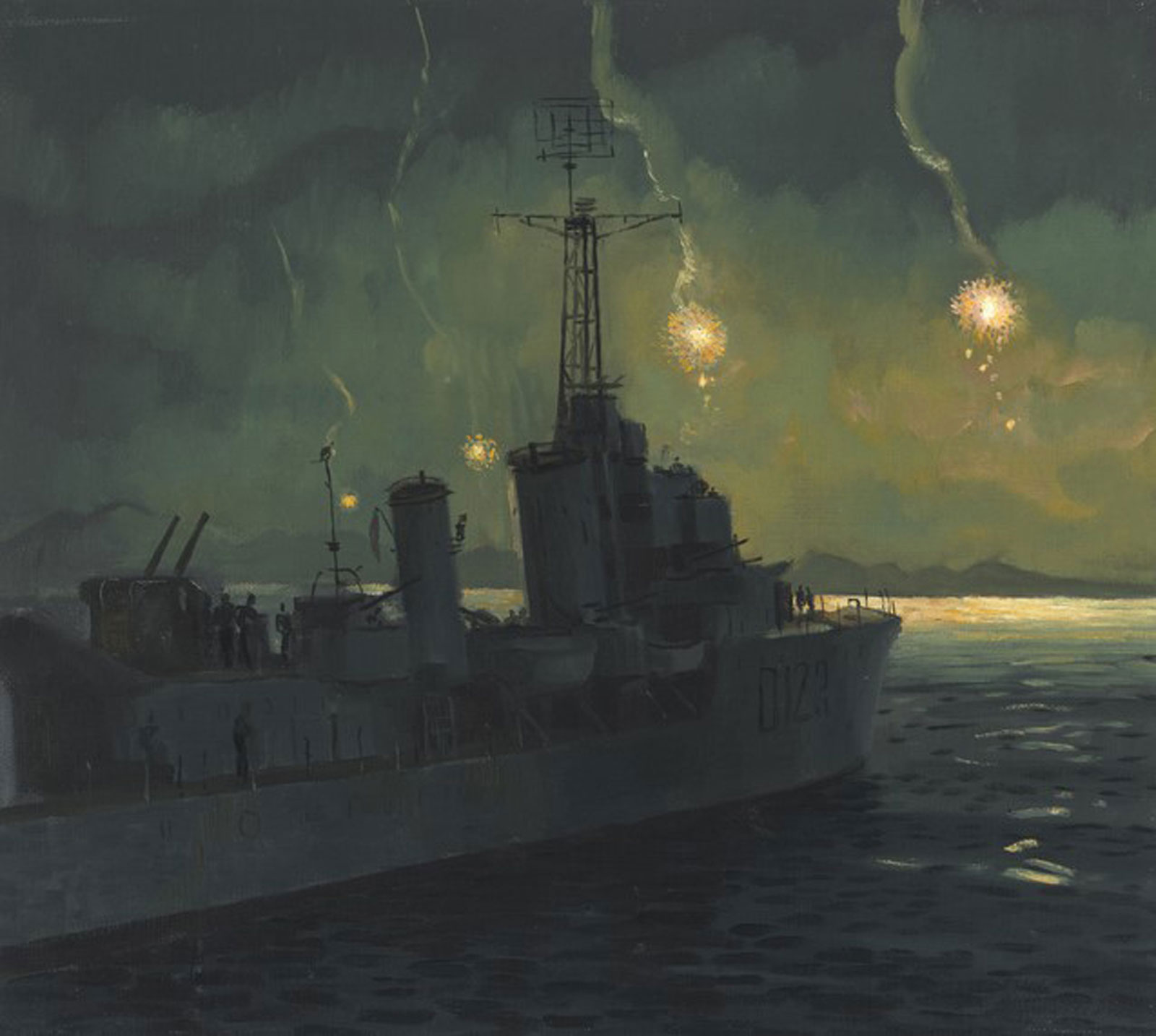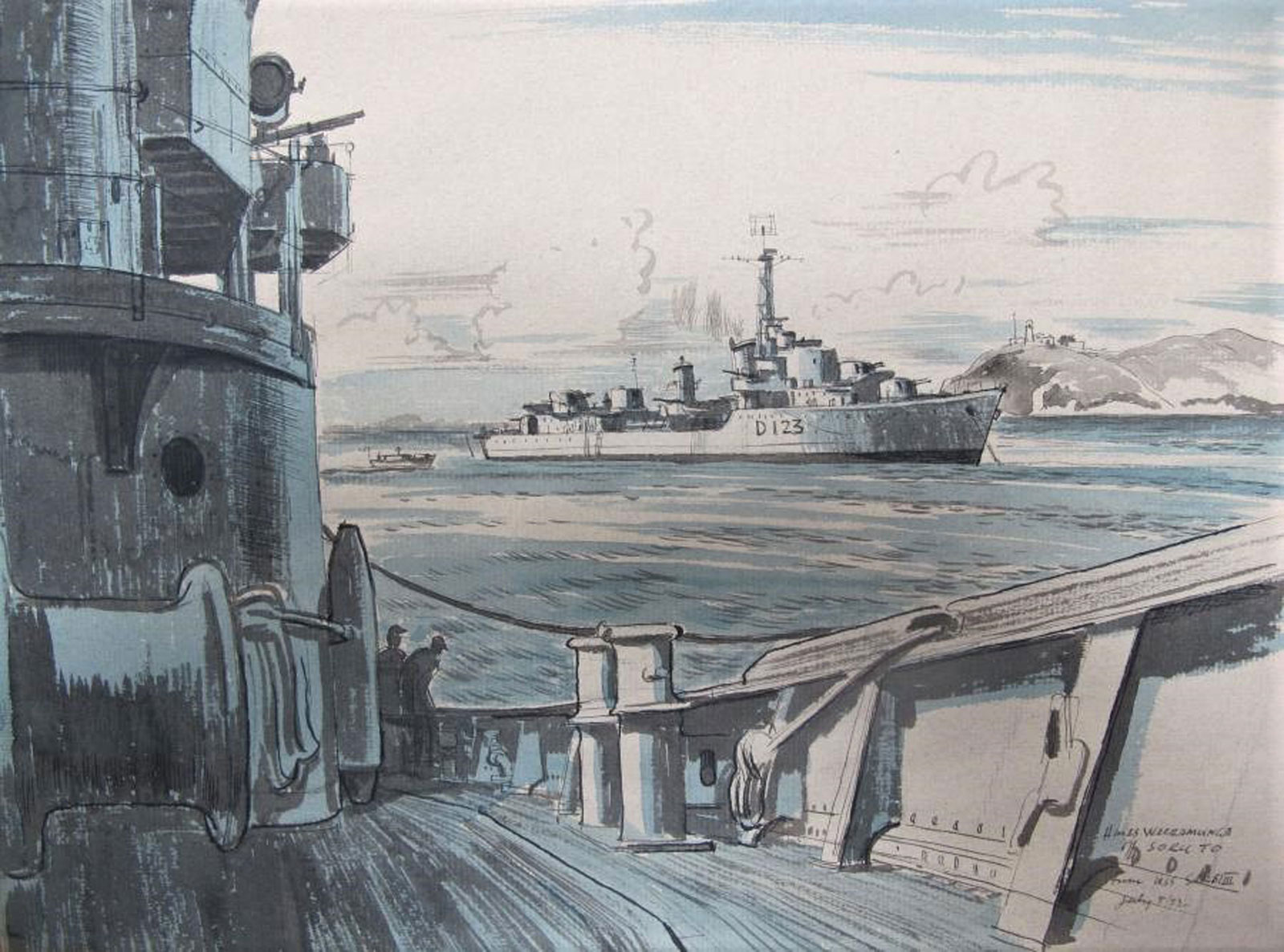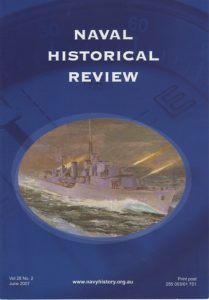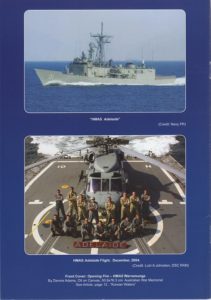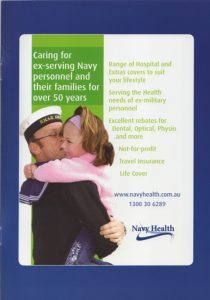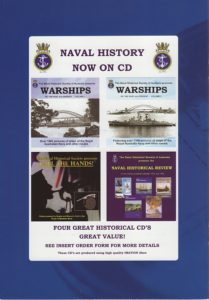HMAS Warramunga (I) with UN ships off Sok to Island
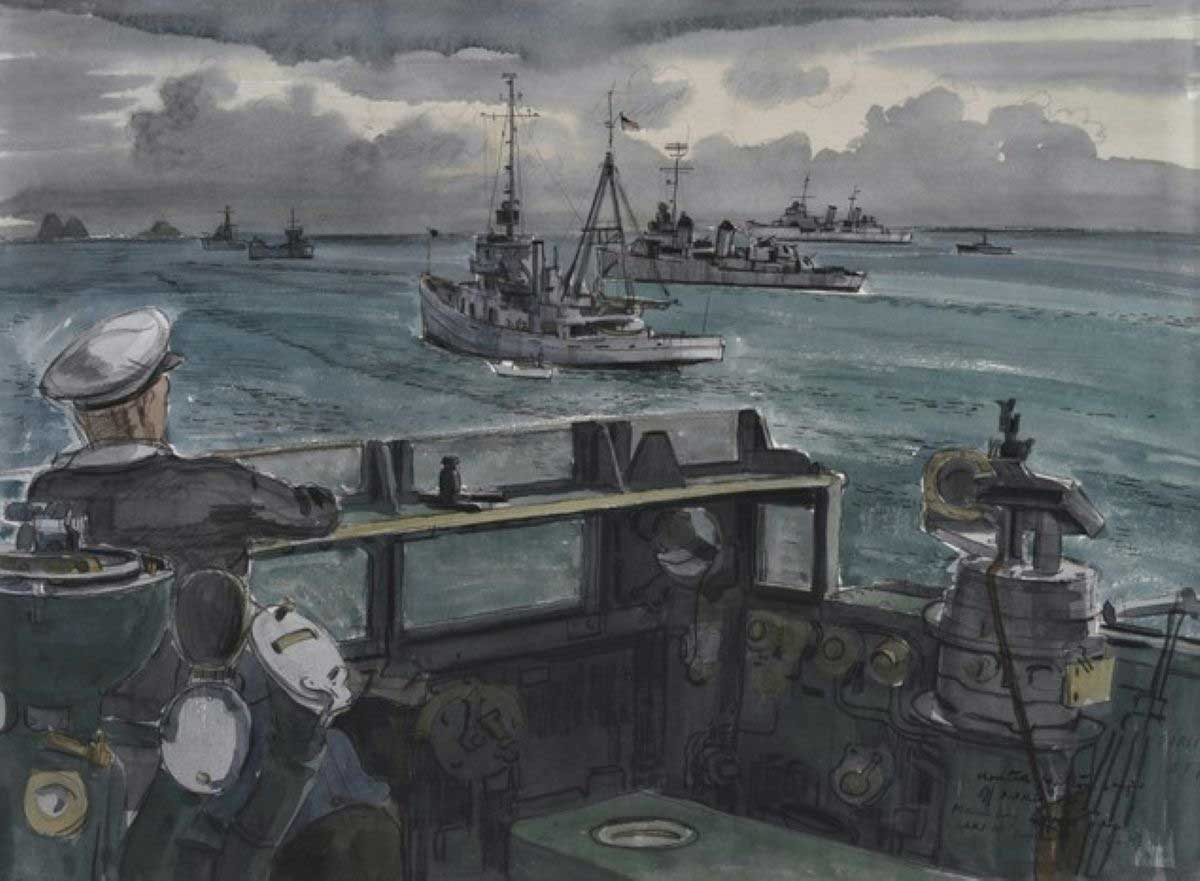
Courtesy of the Australian War Memorial
The following information is from the Australian War Memorial. From 29th June to 9th July HMAS Warramunga (I) joined the Chodo-Sokto Unit (TU 95.12.1) code named CIGARRET (patrol area from Sokto to Choppeki Point) in the defence of the islands of Sokto and Chodo. This watercolour shows some of the ships of this United Nations force seen from compass platform of the Royal Australian Navy destroyer HMAS Warramunga (I) off Sok-to Island, North Korea. In the foreground the central binnacle and the voice pipes used to communicate with the lower decks are visible.
The artist identified the ships as the Royal Navy’ frigate HMS Mount’s Bay and destroyer HMS Belfast; the United States Navy’s US LSMR401, US tug Sarsi. The other two are unidentified.
- About Frank Norton
Frank was born in New Zealand but moved with his family to Sydney in 1917. From a young age Frank showed he was a gifted artist and went to study painting at the East Sydney Technical College from 1931 and worked on 'sixty milers', the coal ships running between Sydney and Newcastle.
Whilst studying, he observed and sketched the Royal Australian Navy (RAN) ships at Garden Island and upon graduating in 1936 he earned a scholarship to join and document naval ships travelling between New Zealand, Singapore, Indonesia and Western Australia. After graduation, Norton also produced work for P&O and E&A Lines, travelling to Japan and China, before arriving in England in April 1939.
With the outbreak of World War II in September 1939, Frank was unable to find work as an artist and returned to Australia in 1940. The following year Frank joined the RAN and was appointed by the Australian War Memorial (AWM) as an official war artist. In this capacity he documented RAN, and occasionally RAAF, operations in the Mediterranean and the Pacific. The collection, held by the AWM, highlights his strength in draughtsmanship and his ability for the faithful depiction of ships even during intense fighting.
At the end of the war, Frank was employed at the National Art School for the Commonwealth Reconstruction Training Scheme for ex-servicemen. Frank received leave in 1952 when he was once again appointed an official war artist to document the RAN during the Korean War (1950-1953).
After the war he resumed work at the East Sydney Technical College until 1958. He then became director of the Art Gallery of Western Australia between 1958 and 1976. As Director of the Art Gallery of Western Australia he concentrated mainly on building up the contemporary, Indigenous and sculpture collections.
He continued to sketch and paint the maritime subjects he knew so well throughout his later years and died in 1983.
- About HMAS Warramunga (l)
HMAS Warramunga was an Improved Tribal Class, Destroyer. Escorting convoys was an important duty throughout WW 2.
More reading
- Additional resources for Frank Norton
- Additional resources for HMAS Warramunga (l)
